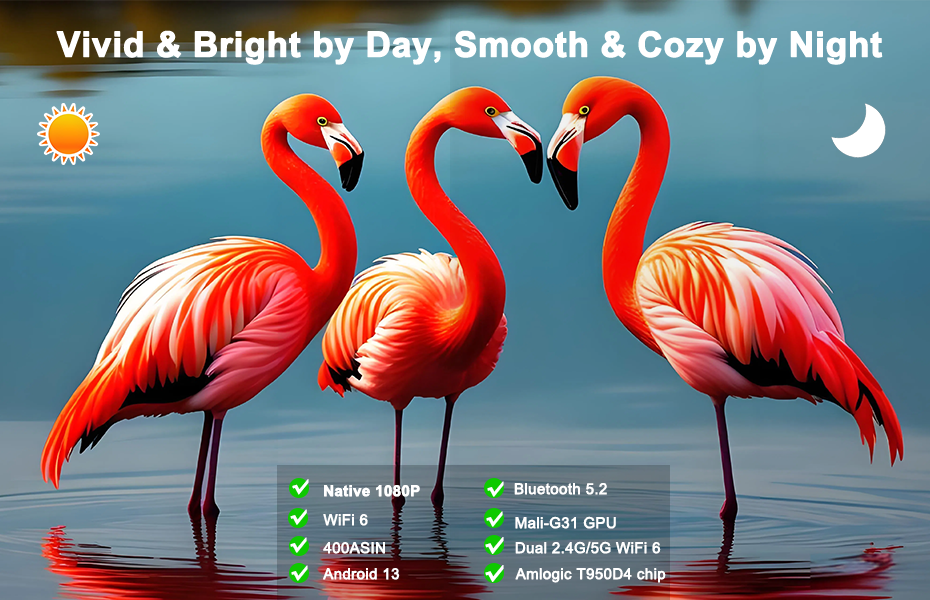When choosing between video resolutions and frame rates, two common options stand out: 1080p at 60 frames per second (fps) and 4K at 30 fps. Each has its own strengths depending on your usage scenario. Let’s break down the key differences and how to choose the right one for your needs.
Understanding the Options
4K at 30fps
- Resolution: 3840 × 2160 pixels
- Frame Rate: 30 frames per second
Pros:
- Ultra-high resolution for more visual detail and texture
- Ideal for cinematic productions, documentaries, or professional content
Cons:
- Lower frame rate can result in motion blur, especially in fast-moving scenes
- Larger file sizes require more storage and processing power
1080p at 60fps
- Resolution: 1920 × 1080 pixels
- Frame Rate: 60 frames per second
Pros:
- Smoother, more fluid motion – especially noticeable in gaming, sports, and fast action scenes
- Smaller file sizes make editing, sharing, and streaming easier
- More compatible with everyday screens and devices
Cons:
Not as ideal for large-format displays or ultra-high-definition viewing.
Lower resolution than 4K, resulting in less fine detail
What the Experience Feels Like
Many users find 1080p at 60fps delivers a more engaging viewing experience thanks to its smooth, responsive feel — particularly when used for gaming, live sports, or social media content.
In contrast, 4K at 30fps emphasizes clarity and sharpness, making it better suited for film-style productions, landscape footage, and high-end visuals — provided you have a large display and enough storage.
Interestingly, some argue that unless you’re using a display over 120 inches, the visual difference between 4K and a well-optimized 1080p display may be negligible. Often, perceived improvements in 4K displays are due more to newer panel technology than resolution alone..
How to Choose
✅ Choose 1080p at 60fps if:
- You value smooth, real-time motion
- You’re producing sports, gaming, or social media content
- You prefer efficient editing and smaller file sizes
✅ Choose 4K at 30fps if:
You have the hardware capacity to handle larger files
You need high-resolution visuals for storytelling or cinematic purposes
You’re working on documentary, travel, or professional content
Conclusion
There’s no one-size-fits-all answer. Your ideal format depends on your goals, audience, and production setup. Whether it’s 1080p at 60fps for dynamic action or 4K at 30fps for stunning detail, choosing the right format helps elevate your content to the next level.
